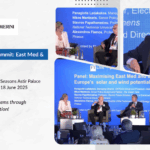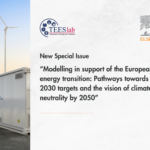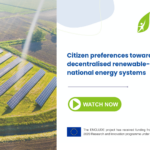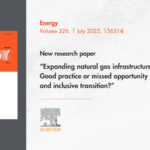We are glad to inform you that our article entitled “An agent-based model to simulate technology adoption quantifying behavioural uncertainty of consumers” has been published in the Applied Energy journal.
A good estimation of consumers’ expected response to specific policy measures is of paramount importance in the design of effective schemes for the adoption of new technologies. The decision-making process of consumers is influenced by a multitude of factors. In this context, agent-based modeling techniques provide an appropriate framework to model such private adoption decisions. However, the models currently in use often fail to capture uncertainties related to agency and their ability to replicate reality. In order to address this drawback, we developed an agent-based technology adoption model that is supported by a complete framework for parameter estimation and uncertainty quantification based on historical data and observations. The novelty of our model lies in obtaining realistic uncertainty bounds and splitting the total model output uncertainty in its major contributing uncertainty sources. In this article, we demonstrated its applicability by exploring the evolution of the market share of small-scale PV systems in Greece, under two support schemes of interest. Our results indicated that over 2018–2025, the net-metering scheme, currently operational, seems more effective than a proposed self-consumption scheme that subsidizes residential storage by 25%; however, the former scheme’s effectiveness is mainly related to the retail price of electricity. They also highlighted that storage investment costs need to follow a steep learning curve of at least a 10% annual reduction until 2025, for self-consumption to become attractive to consumers in Greece. Nevertheless, simulations showed that none of these two schemes can be as efficient as the previous feed-in-tariffs scheme.
To see full article please follow the link below:







